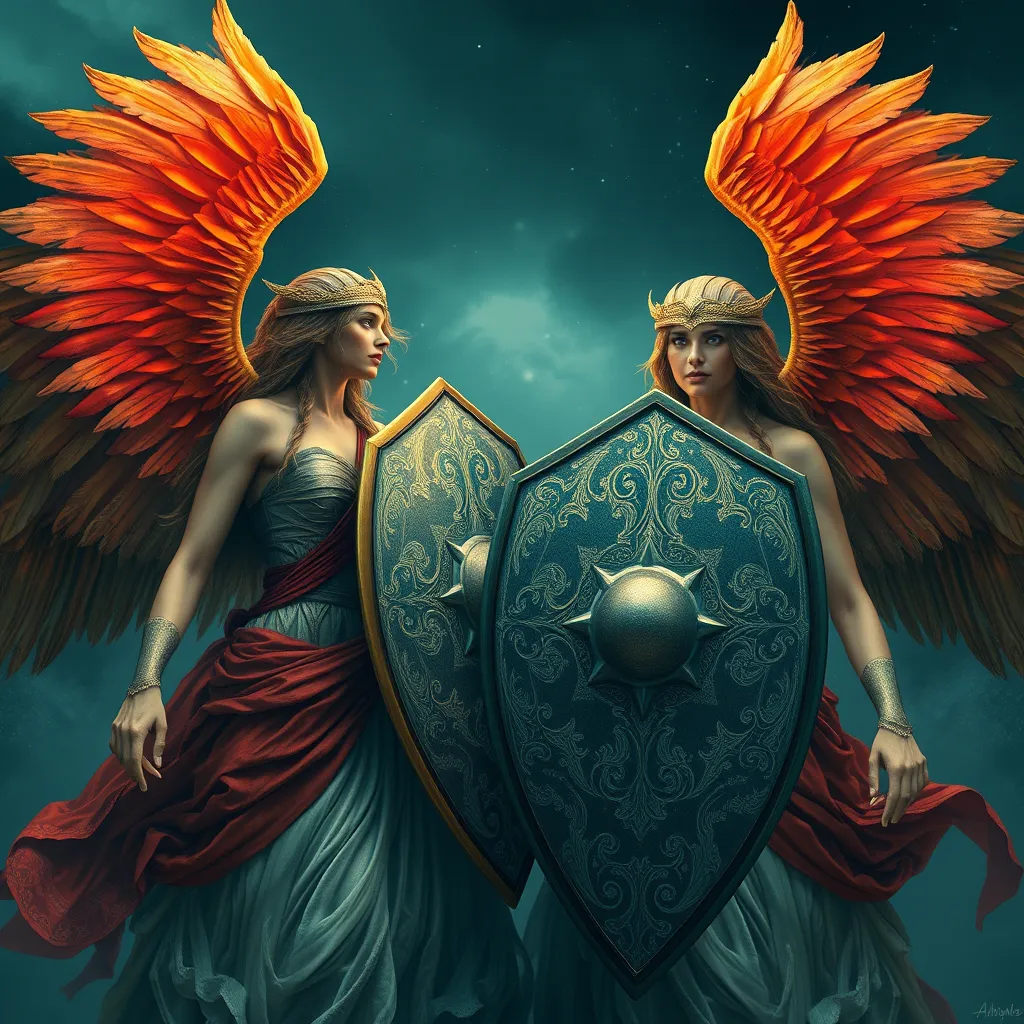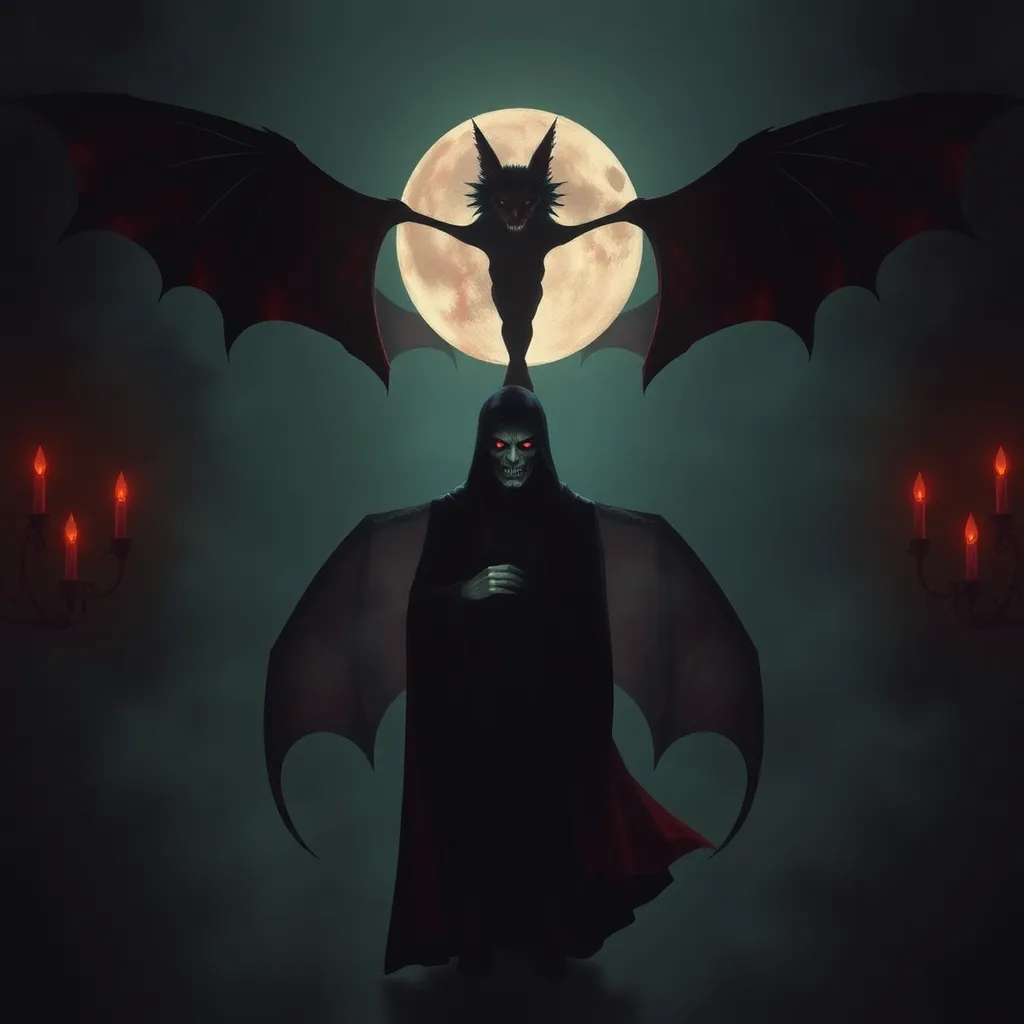Valkyries and the Feminine: Exploring the Representation of the Feminine in the Myth of the Shield Maidens
I. Introduction
The Valkyries, often depicted as powerful female figures in Norse mythology, are integral to the understanding of gender roles in Viking culture. These warrior maidens serve Odin, the chief of the gods, selecting which warriors will live and which will die in battle. Their selection not only reflects the brutality of war but also highlights the reverence for those who exhibit bravery and strength. The significance of shield maidens, who were women that fought alongside men, further complicates the narrative of women’s roles in Viking society. This article seeks to explore the representation of femininity through the lens of these mythical figures, examining the balance between their roles as warriors and their traditional feminine attributes.
II. Historical Context of Valkyries and Shield Maidens
The mythology surrounding Valkyries finds its roots in Norse sagas, where they are often portrayed as agents of fate and death. These narratives provide insight into the cultural and societal structures of the time. Shield maidens, on the other hand, were not merely mythical constructs; they were a reality in Viking culture, with archaeological evidence suggesting that women did, in fact, take up arms and engage in warfare.
In a predominantly patriarchal society, the existence of women warriors challenged traditional gender roles. Women who fought were often celebrated as symbols of strength and courage, contributing to the community’s defense and honor. This duality of femininity—embracing both nurturing and martial aspects—reflects the complexity of women’s roles in Viking society.
III. The Duality of the Feminine in Valkyrie Mythology
The Valkyries embody a unique duality, serving as both harbingers of war and symbols of nurturing. On one hand, they are fierce beings who guide the souls of slain warriors to Valhalla, the hall of the slain. This association with death and battle paints them as formidable forces within the mythological landscape. On the other hand, they also represent the nurturing aspects of femininity, as they care for the fallen heroes in Valhalla.
This balance between strength and vulnerability is crucial to understanding the Valkyrie archetype. They are not merely violent figures; they are complex characters who navigate the harsh realities of their world while embodying the ideals of honor, courage, and sacrifice.
IV. Archetypes of the Feminine in Norse Mythology
Valkyries serve as a prominent archetype of warrior maidens in Norse mythology. However, they are not alone in the pantheon of powerful feminine figures. Other goddesses, such as Freyja and Frigg, also represent different facets of femininity. Freyja, for example, is associated with love, beauty, and fertility, yet she also has a warrior aspect, leading the Valkyries and being a goddess of war.
- Valkyries: Warrior maidens who select the slain.
- Freyja: Goddess of love and war, embodying both beauty and strength.
- Frigg: The mother goddess, representing loyalty and domesticity.
This interplay of motherhood, sexuality, and power within these figures illustrates the multifaceted nature of femininity in Norse mythology, challenging the notion that women must adhere strictly to nurturing roles.
V. Modern Interpretations and Representations
In contemporary media, Valkyries have undergone various reinterpretations. They appear in films, literature, and video games, often portrayed as fierce warriors with a strong sense of independence. Notable examples include Marvel’s depiction of Valkyrie in the Thor franchise and the portrayal of female warriors in video games such as Assassin’s Creed Valhalla.
Feminist perspectives on shield maidens have also emerged, reexamining these figures through a lens of empowerment. The narratives surrounding these women challenge traditional gender roles and highlight their agency in a male-dominated world, providing a rich ground for feminist discourse.
VI. The Valkyrie as a Symbol of Empowerment
The historical relevance of women warriors resonates deeply within feminist discourse. Valkyries symbolize female strength and autonomy, acting as icons for modern movements advocating for gender equality. Their imagery evokes a sense of empowerment, encouraging women to embrace their strength and challenge societal norms.
Furthermore, the impact of Valkyrie imagery on contemporary feminist movements can be seen in various forms:
- Art and literature celebrating female strength.
- Social movements that draw inspiration from warrior archetypes.
- Media representations that challenge traditional femininity.
VII. Critiques and Challenges in Representation
Despite the rich mythology surrounding Valkyries, their portrayal in popular culture often falls prey to misinterpretation. The romanticization of violence and war can overshadow the more nuanced aspects of their character, leading to a one-dimensional view of femininity. It is essential to recognize that while Valkyries are fierce warriors, they also embody a depth of emotion and complexity.
To foster a more accurate representation of shield maidens, it is crucial to:
- Acknowledge the variety of roles women played in Viking society.
- Challenge the glorification of violence associated with warrior figures.
- Encourage nuanced portrayals that reflect the emotional and psychological depth of these characters.
VIII. Conclusion
In summary, the exploration of feminine representation in Valkyrie myths reveals a rich tapestry of complexity and duality. Valkyries and shield maidens challenge traditional gender norms, embodying strength, courage, and nurturing qualities. As our understanding of women’s roles in mythology evolves, it becomes increasingly important to delve deeper into these feminine archetypes, recognizing their multifaceted nature and the cultural significance they hold.
As we reflect on the legacy of Valkyries, let us continue to explore and celebrate the complexity of feminine representation in mythology and culture, seeking to empower women through the stories we tell.



